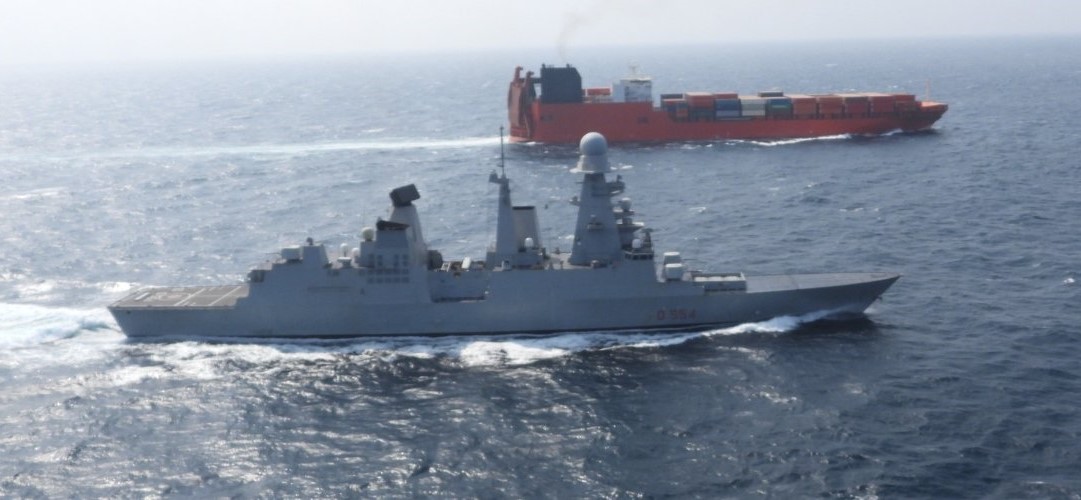
Officially approved on 19 February, the European Union's naval mission EUNAVFOR ASPIDES has been active for about three and a half months, a period in which various activities have been carried out.
The ASPIDES mission involves 19 partner nations, and currently has 5 naval units and around 1,000 personnel deployed in the area of operations. Initially there were four ships, the Italian Navy's flagship CAIO DUILIO (DORIA class), the German frigate HESSEN (F-124 type, SACHSEN class), the French frigate ALSACE type FREMM DA (AQUITAINE class) and the Greek frigate HYDRA (HYDRA class). Subsequently, with the return of the HESSEN (21 April), the number of ships dropped briefly to three, before returning to four with the arrival in early May of the Belgian frigate LOUISE-MARIE (KAREL DOORMAN class), with the destroyer DUILIO meanwhile replaced by the Italian FREMM ASW frigate FASAN (29 April), the mission's new flagship.
The Belgian frigate was due to arrive around mid-April, but was delayed due to technical problems, including, it would appear, the malfunction of a RIM-7 SEA SPARROW missile that got stuck in the launch tube. During the period when only three naval units were operational (about two weeks, between 21 April and 4 May), the ASPIDES mission struggled to escort merchant ships in transit in the stretch of sea between the southern Red Sea and the Gulf of Aden, to the extent that some merchant ships had to stop in the middle of the sea, south of the Saudi port of Jeddah, while waiting for escort units.
This issue was also raised by the operational commander of the mission, Greek Rear Admiral Vasileios Gryparis, during a closed-door meeting in Brussels, and was confirmed to us by sources in the shipping industry.








.png)
